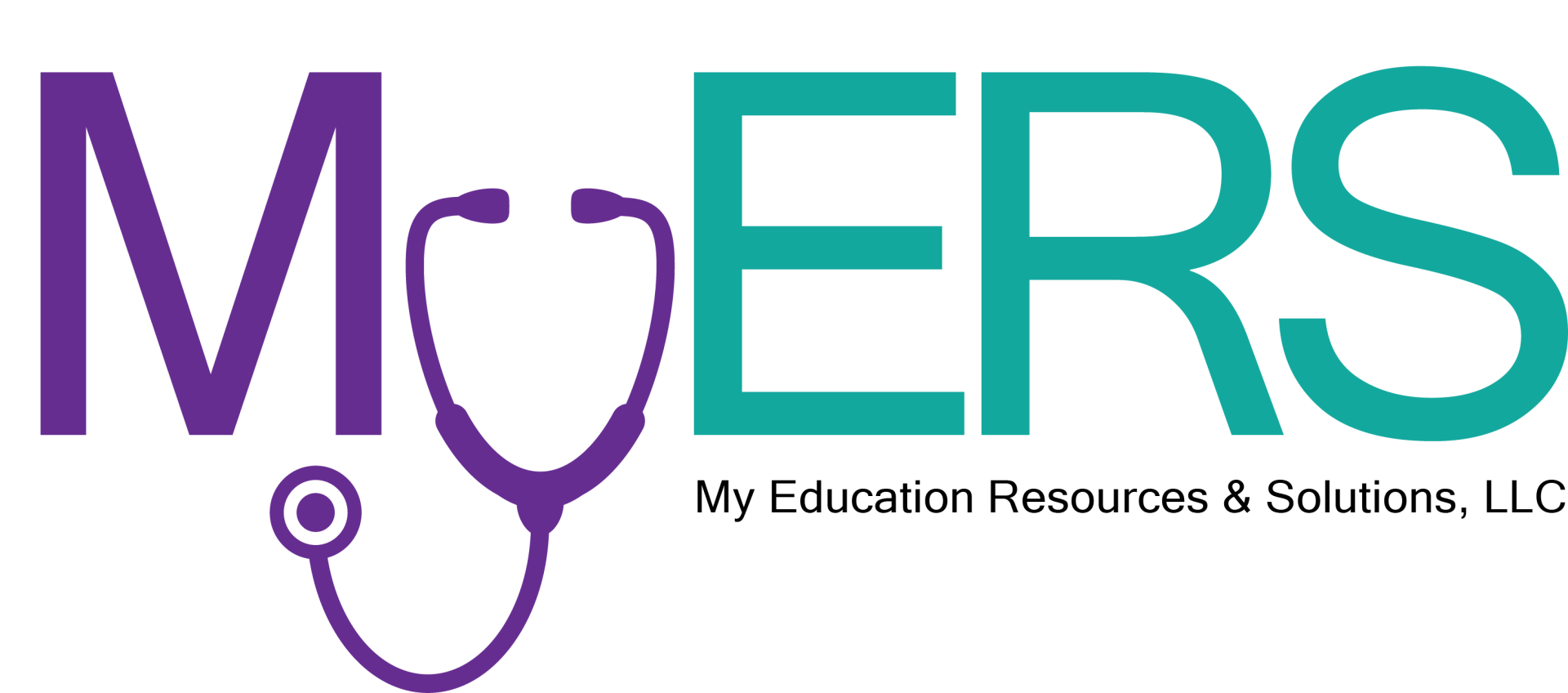Navigating Ethical Dilemmas in Nursing Practice | A Compass for Challenging Situations
Mar 20

Navigating Ethical Dilemmas in Nursing Practice | A Compass for Challenging Situations
As nurses, we are often faced with complex ethical dilemmas that challenge our moral compass and test our decision-making skills. These situations can be emotionally charged and may have far-reaching consequences for our patients, their families, and our own well-being. In this post, we will explore real-life case studies and provide a framework for navigating these challenging waters.
Case Study 1: The Dilemma of Patient Autonomy
Sarah, a seasoned ICU nurse, is caring for Mr. Johnson, a 75-year-old patient with advanced lung cancer. Mr. Johnson has expressed his wish to forgo life-sustaining treatment and die peacefully. However, his family insists that everything possible be done to prolong his life. Sarah is torn between respecting her patient's autonomy and the family's wishes.
In such situations, nurses must consider the ethical principles of autonomy, beneficence, and non-maleficence. Autonomy refers to the patient's right to make decisions about their own care, while beneficence involves acting in the patient's best interest. Non-maleficence means avoiding harm to the patient.
To navigate this dilemma, Sarah should:
Case Study 2: The Dilemma of Resource Allocation
During a severe flu outbreak, Nurse Mark is working in a crowded emergency department. Two patients require immediate attention: a young mother with severe respiratory distress and an elderly patient with multiple comorbidities. With limited resources and staff, Mark must decide who to prioritize.
In this scenario, the ethical principle of justice comes into play. Justice refers to the fair allocation of resources based on need and potential benefit. Nurses must also consider the principles of utility (maximizing benefits for the greatest number of people) and equality (treating all patients fairly).
To navigate this dilemma, Mark should:
The Four-Box Method: A Framework for Ethical Decision-Making
Case Study 1: The Dilemma of Patient Autonomy
Sarah, a seasoned ICU nurse, is caring for Mr. Johnson, a 75-year-old patient with advanced lung cancer. Mr. Johnson has expressed his wish to forgo life-sustaining treatment and die peacefully. However, his family insists that everything possible be done to prolong his life. Sarah is torn between respecting her patient's autonomy and the family's wishes.
In such situations, nurses must consider the ethical principles of autonomy, beneficence, and non-maleficence. Autonomy refers to the patient's right to make decisions about their own care, while beneficence involves acting in the patient's best interest. Non-maleficence means avoiding harm to the patient.
To navigate this dilemma, Sarah should:
- Engage in open and honest communication with Mr. Johnson and his family to understand their perspectives and values.
- Involve the healthcare team, including the physician and ethics committee, to provide guidance and support.
- Advocate for Mr. Johnson's right to make informed decisions about his care while providing compassionate support to the family.
Case Study 2: The Dilemma of Resource Allocation
During a severe flu outbreak, Nurse Mark is working in a crowded emergency department. Two patients require immediate attention: a young mother with severe respiratory distress and an elderly patient with multiple comorbidities. With limited resources and staff, Mark must decide who to prioritize.
In this scenario, the ethical principle of justice comes into play. Justice refers to the fair allocation of resources based on need and potential benefit. Nurses must also consider the principles of utility (maximizing benefits for the greatest number of people) and equality (treating all patients fairly).
To navigate this dilemma, Mark should:
- Assess the severity and urgency of each patient's condition using objective criteria and triage protocols.
- Collaborate with the healthcare team to determine the most appropriate allocation of resources based on the principles of justice and utility.
- Communicate openly and empathetically with both patients and their families, explaining the rationale behind the decision-making process.
The Four-Box Method: A Framework for Ethical Decision-Making
When faced with ethical dilemmas, nurses can use the Four-Box Method as a structured approach to decision-making, developed by Albert R. Jonsen, Mark Siegler, and William J. Winslade, and first published in their book "Clinical Ethics: A Practical Approach to Ethical Decisions in Clinical Medicine" in 1982. This method involves considering four key aspects:
Medical Indications | Assess the patient's medical condition, prognosis, and treatment options.
Patient Preferences | Consider the patient's values, goals, and expressed wishes.
Quality of Life | Evaluate the potential impact of the decision on the patient's quality of life.
Contextual Features | Examine the broader context, including family dynamics, cultural factors, and legal and institutional policies.
By systematically analyzing each aspect, nurses can gain a comprehensive understanding of the situation and make well-informed, ethically sound decisions.
Navigating ethical dilemmas in nursing practice requires a strong moral compass, critical thinking skills, and a commitment to patient-centered care. By applying ethical principles, collaborating with the healthcare team, and using decision-making frameworks like the Four-Box Method, nurses can confidently navigate these challenging situations. Remember, seeking guidance from colleagues, ethics committees, and professional organizations is always a valuable resource when faced with complex ethical dilemmas.
Medical Indications | Assess the patient's medical condition, prognosis, and treatment options.
Patient Preferences | Consider the patient's values, goals, and expressed wishes.
Quality of Life | Evaluate the potential impact of the decision on the patient's quality of life.
Contextual Features | Examine the broader context, including family dynamics, cultural factors, and legal and institutional policies.
By systematically analyzing each aspect, nurses can gain a comprehensive understanding of the situation and make well-informed, ethically sound decisions.
Navigating ethical dilemmas in nursing practice requires a strong moral compass, critical thinking skills, and a commitment to patient-centered care. By applying ethical principles, collaborating with the healthcare team, and using decision-making frameworks like the Four-Box Method, nurses can confidently navigate these challenging situations. Remember, seeking guidance from colleagues, ethics committees, and professional organizations is always a valuable resource when faced with complex ethical dilemmas.
Contact
-
My Education Resources and Solutions, LLC
-
PO Box 39566
Greensboro, NC 27438 -
hello@myerscomplete.com
-
(336) 988-7076
Become a member
Your gateway to advanced, cloud-based CE solutions.

